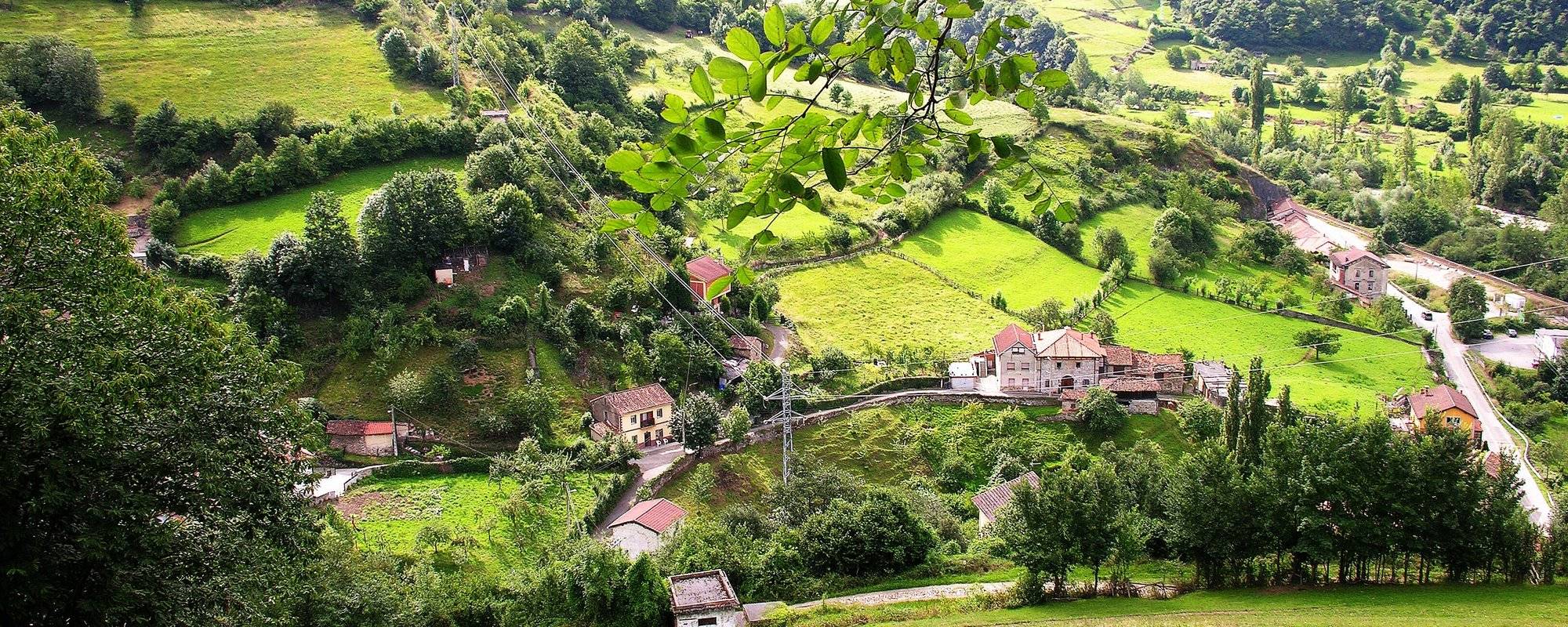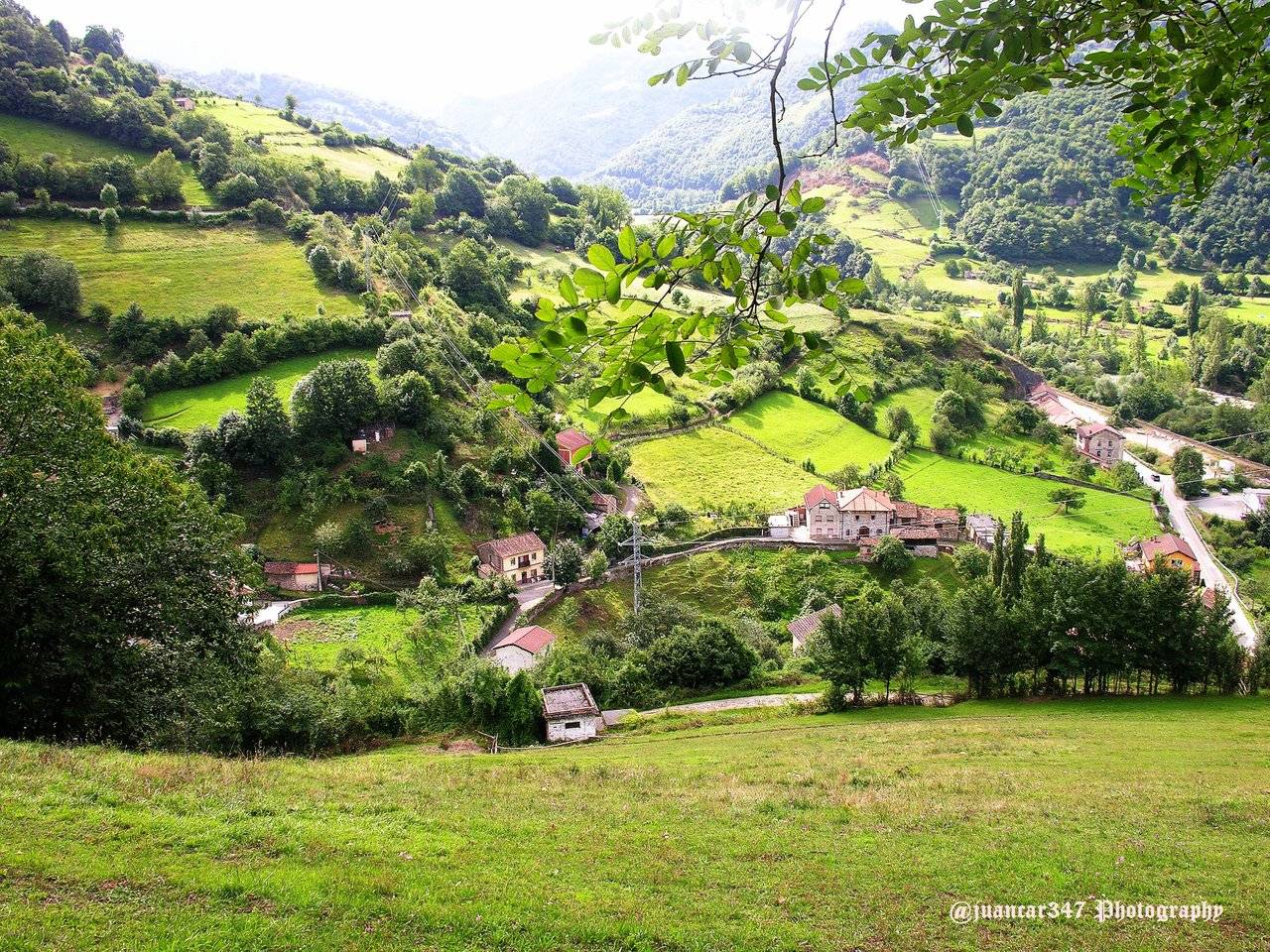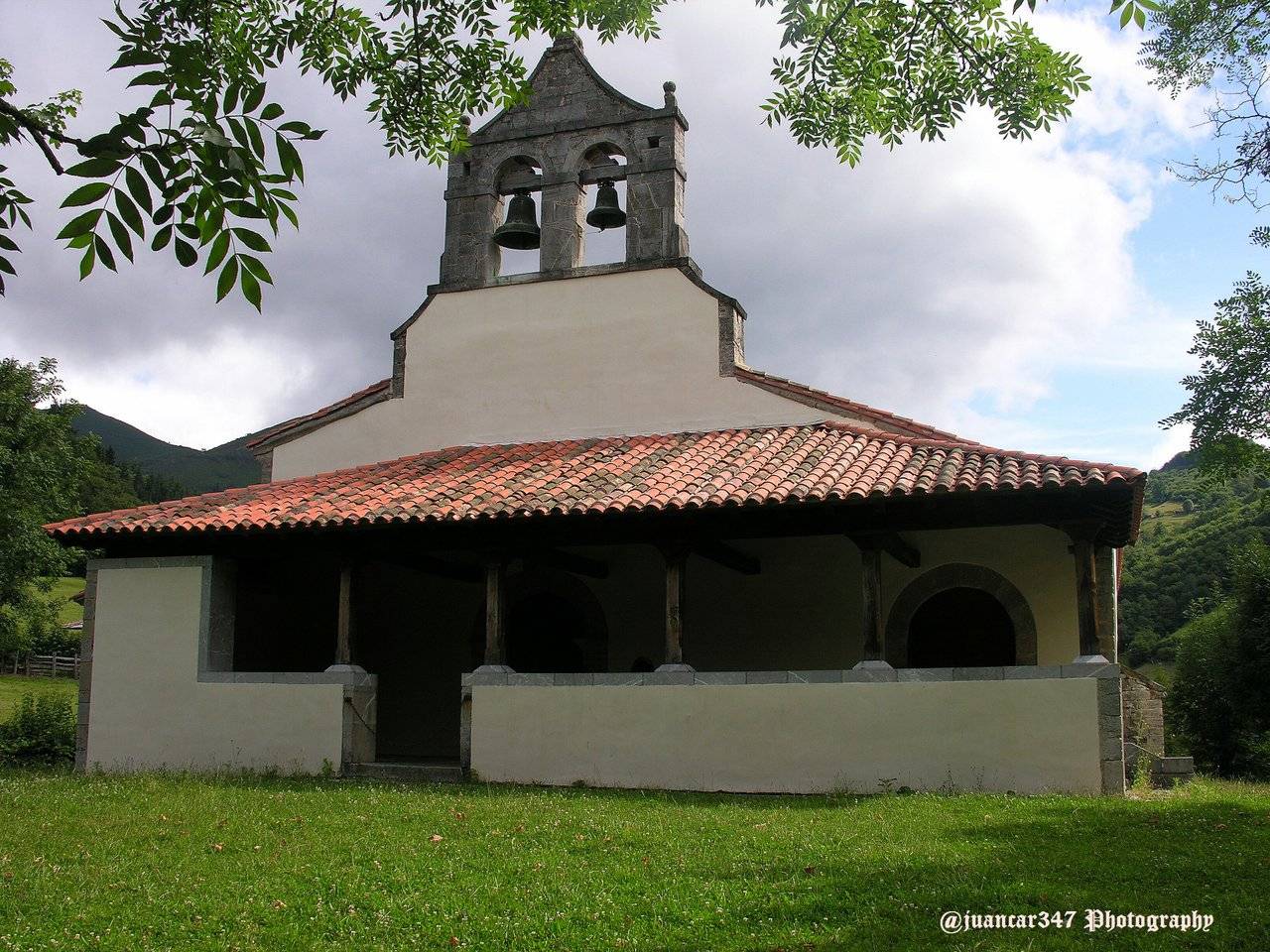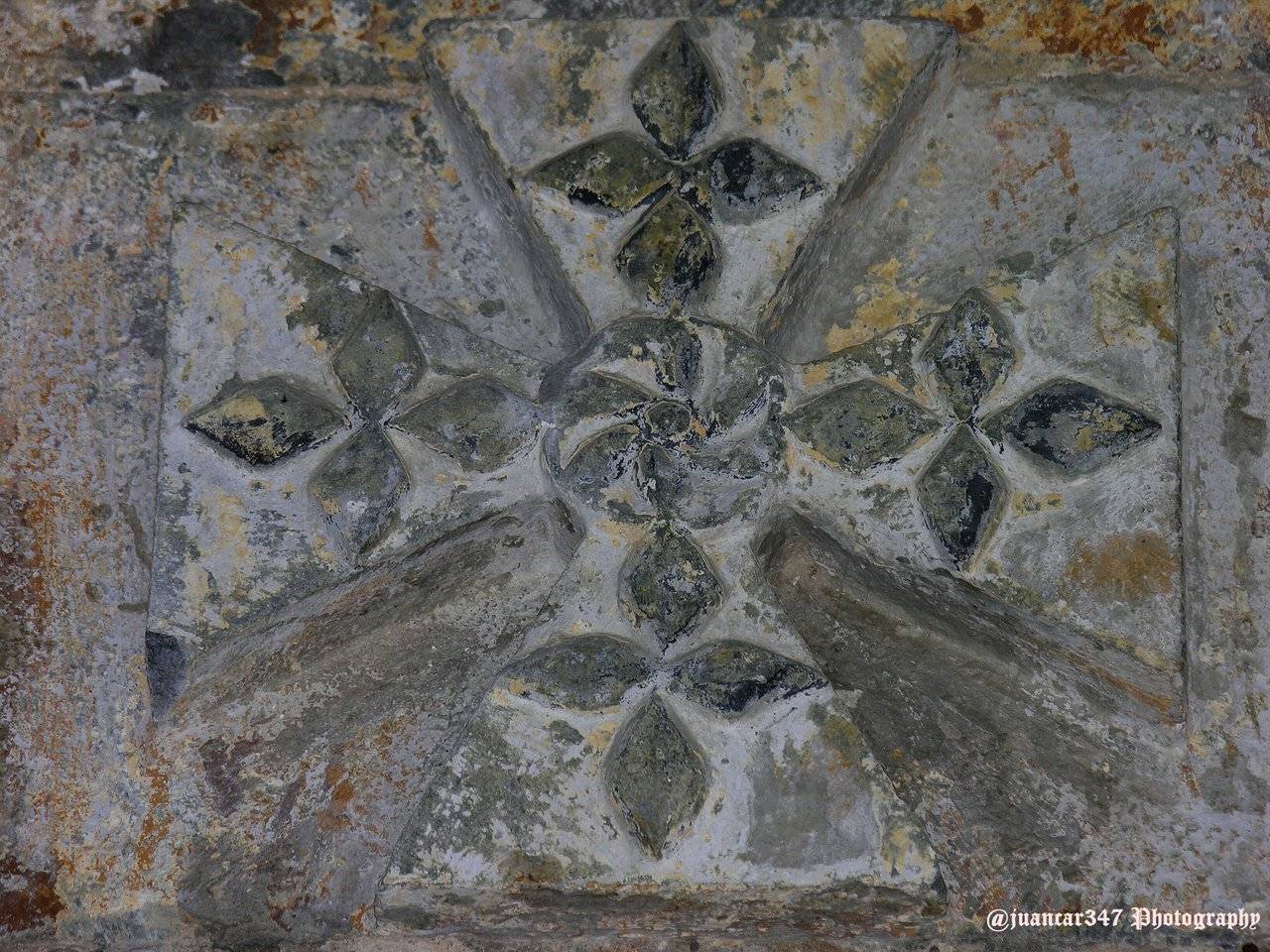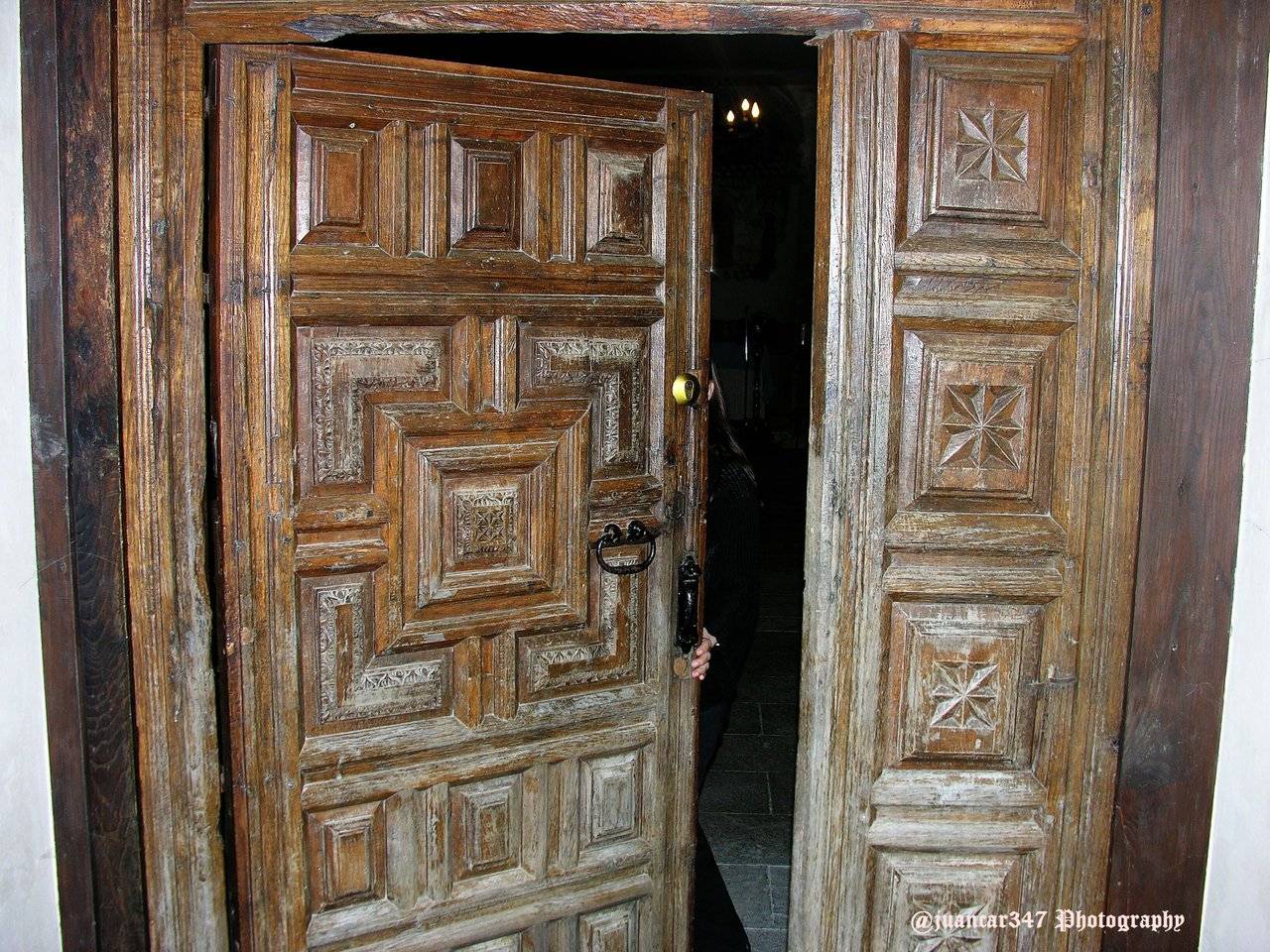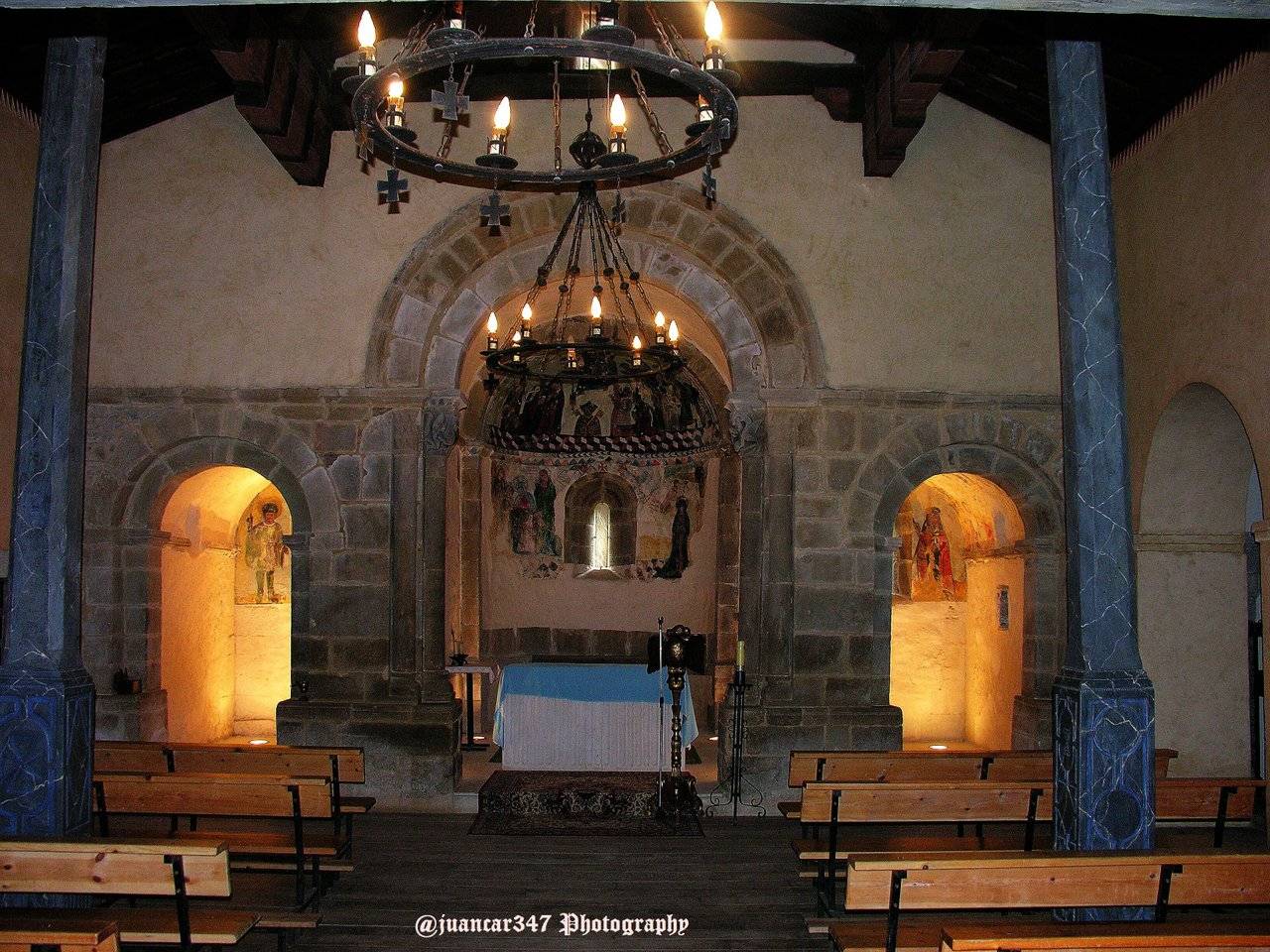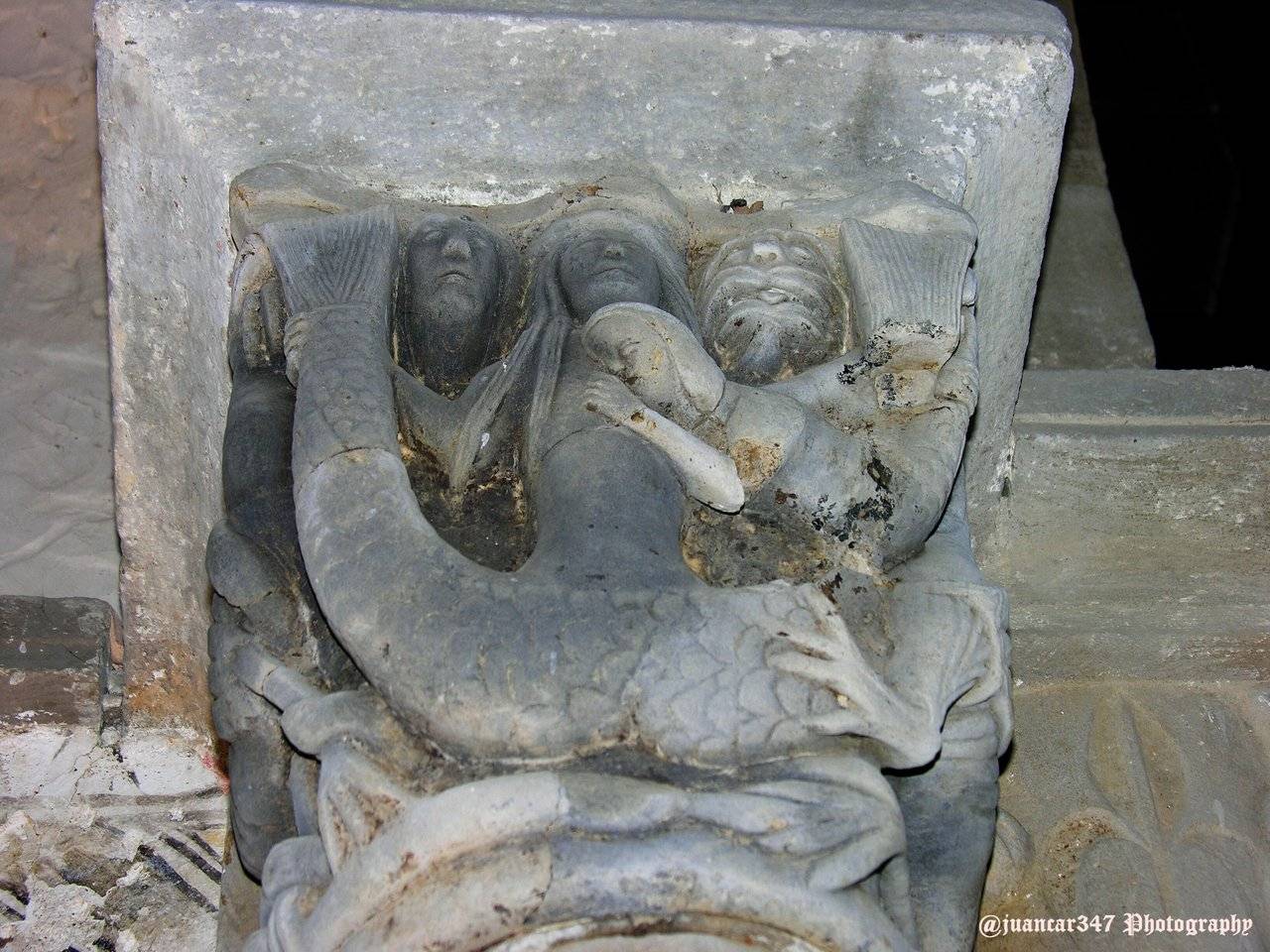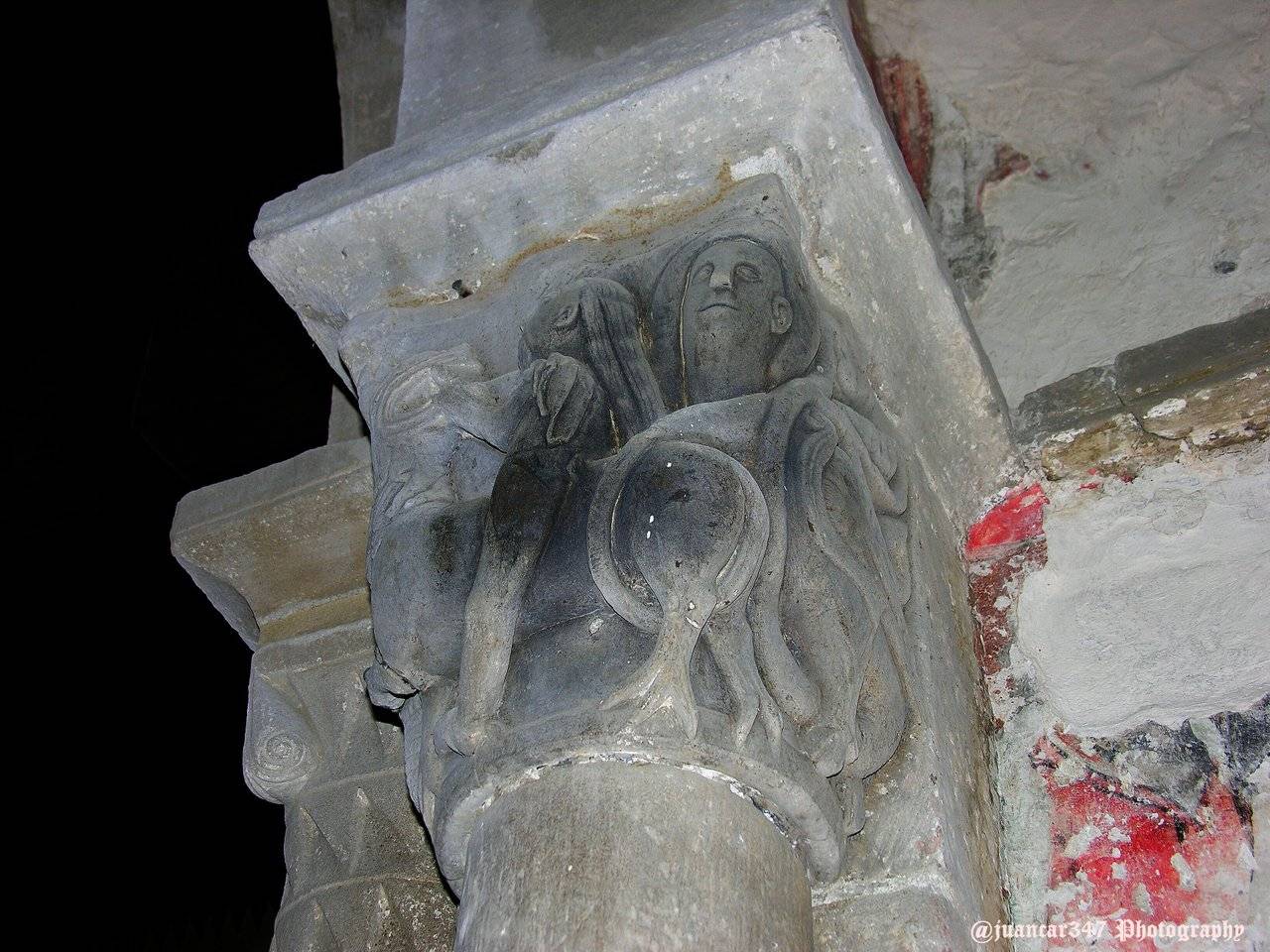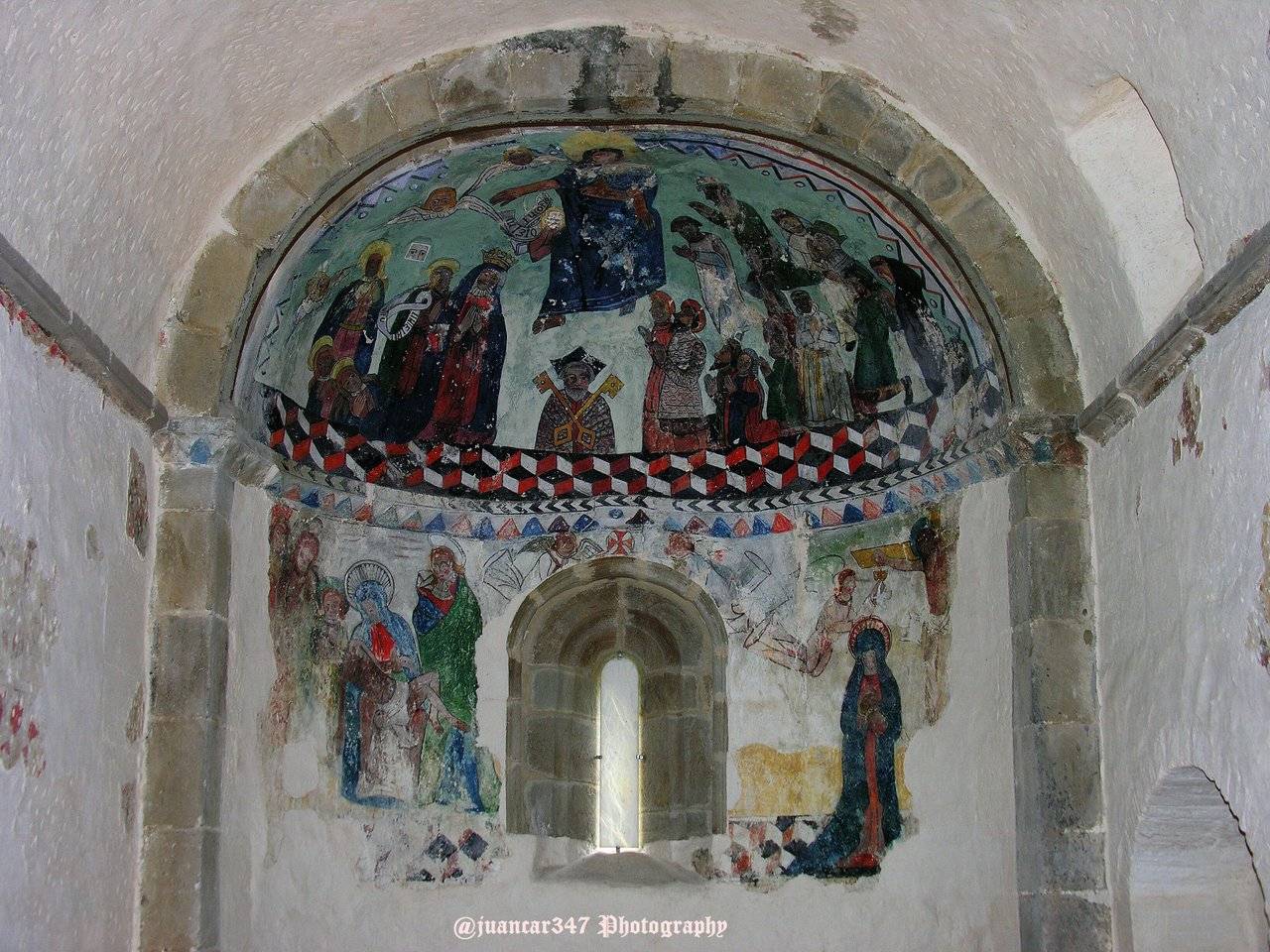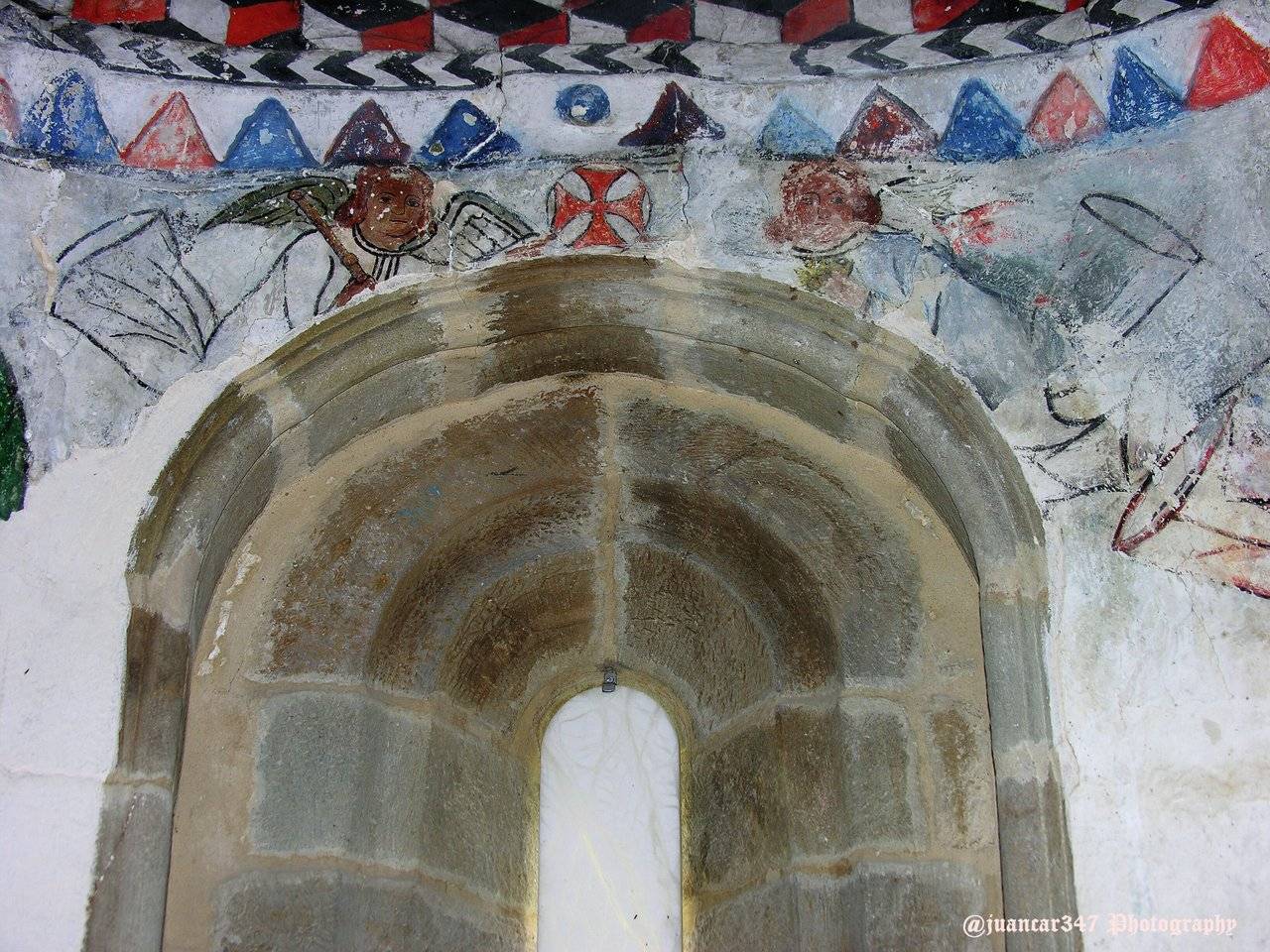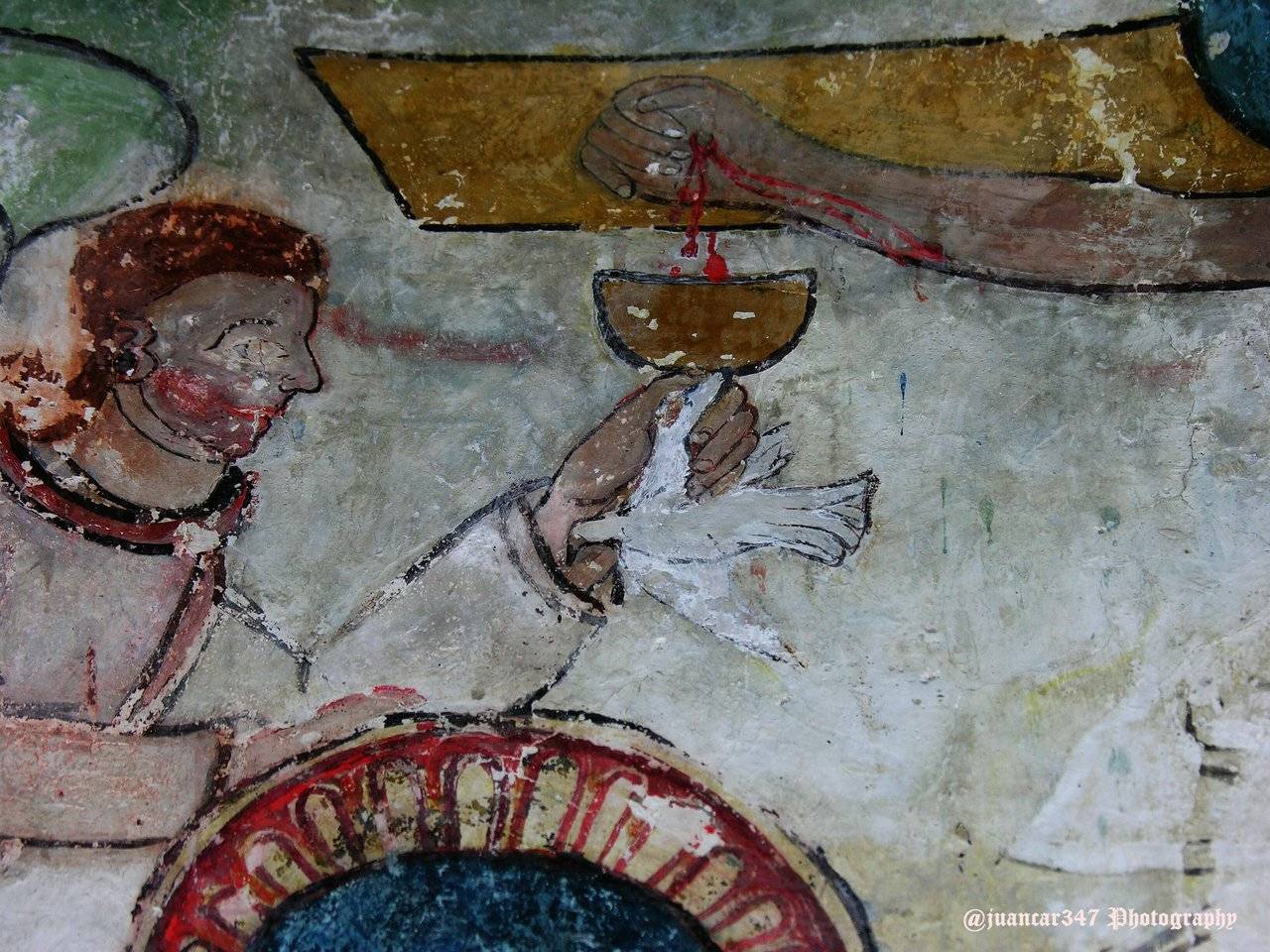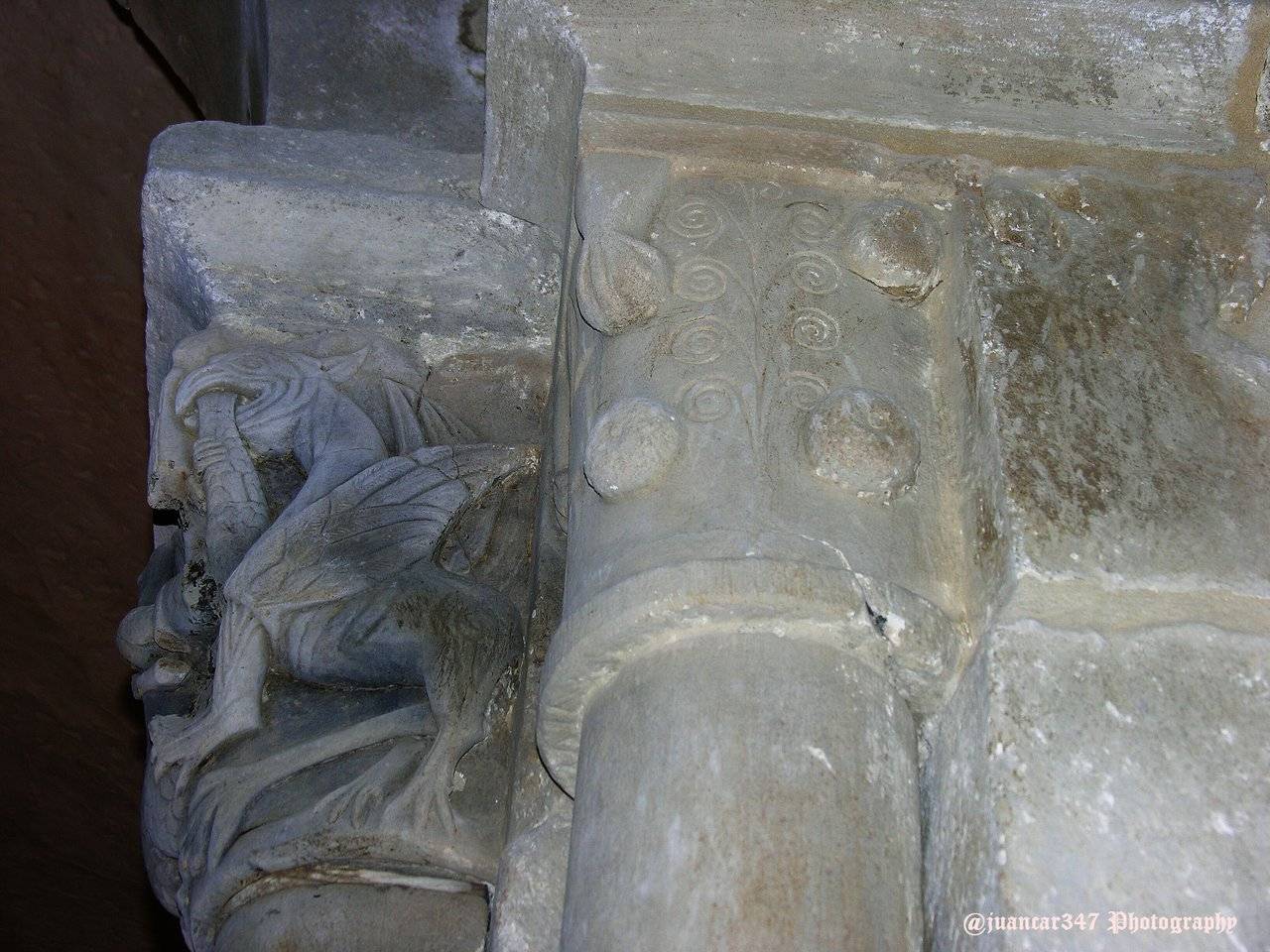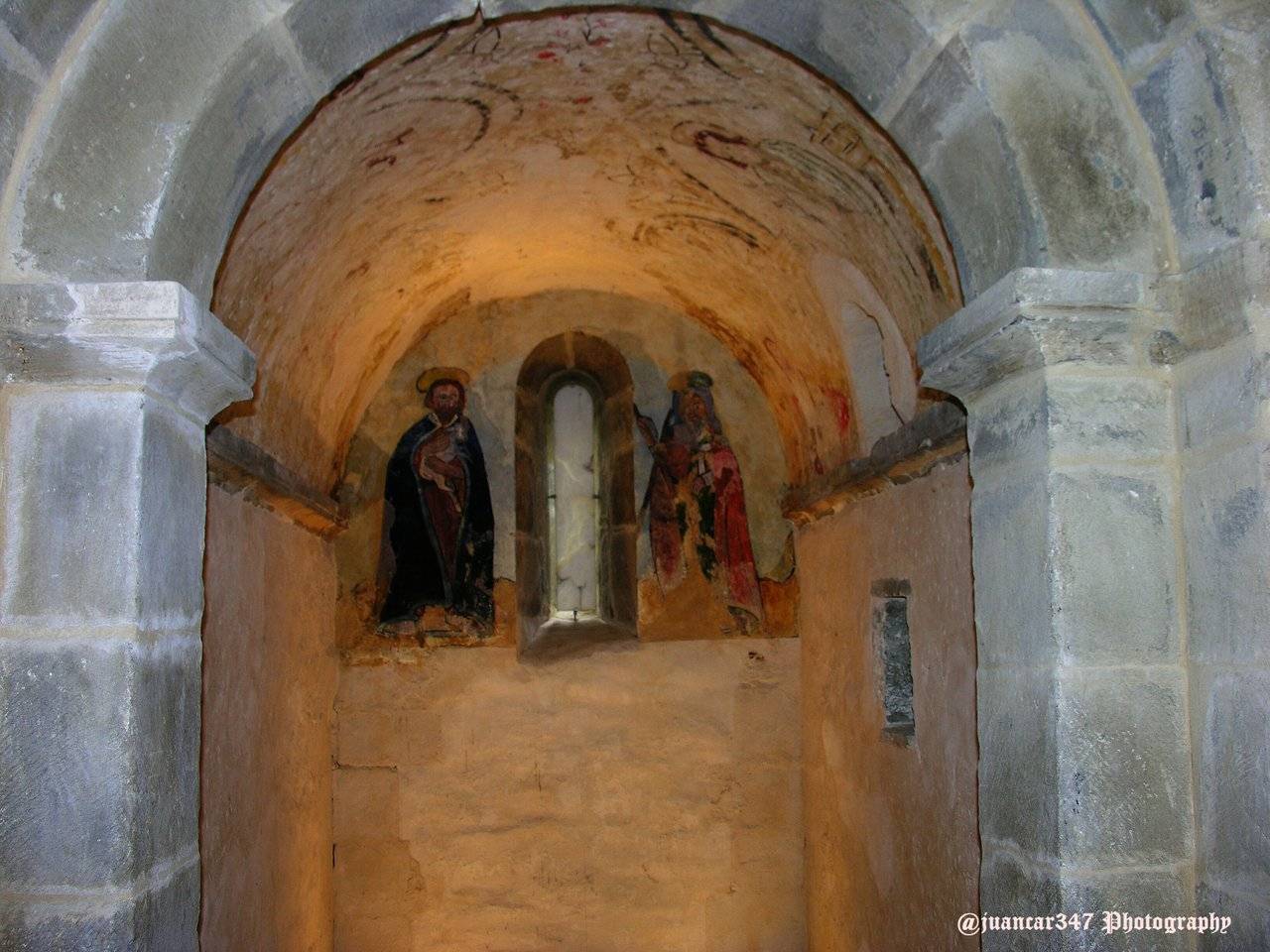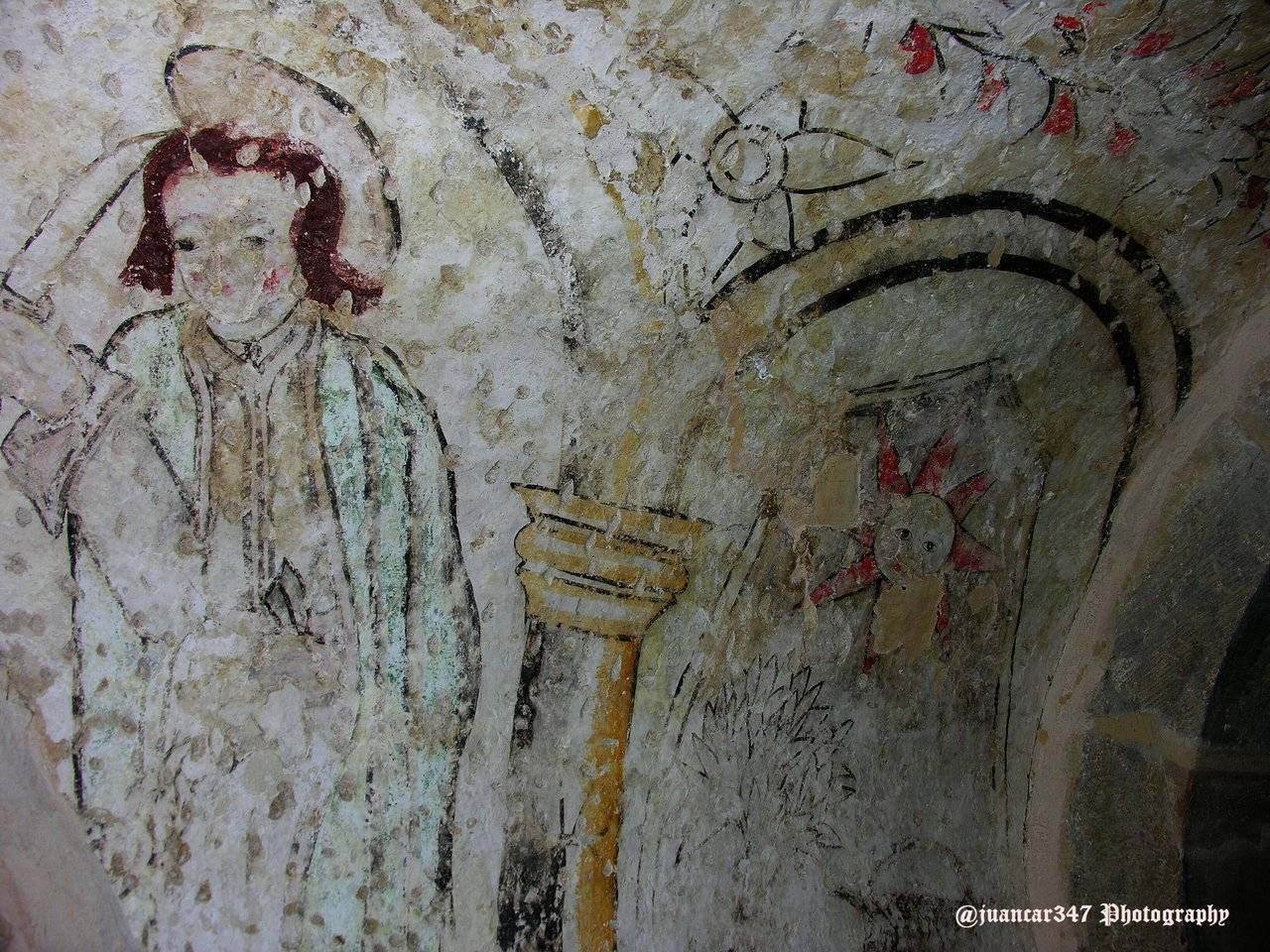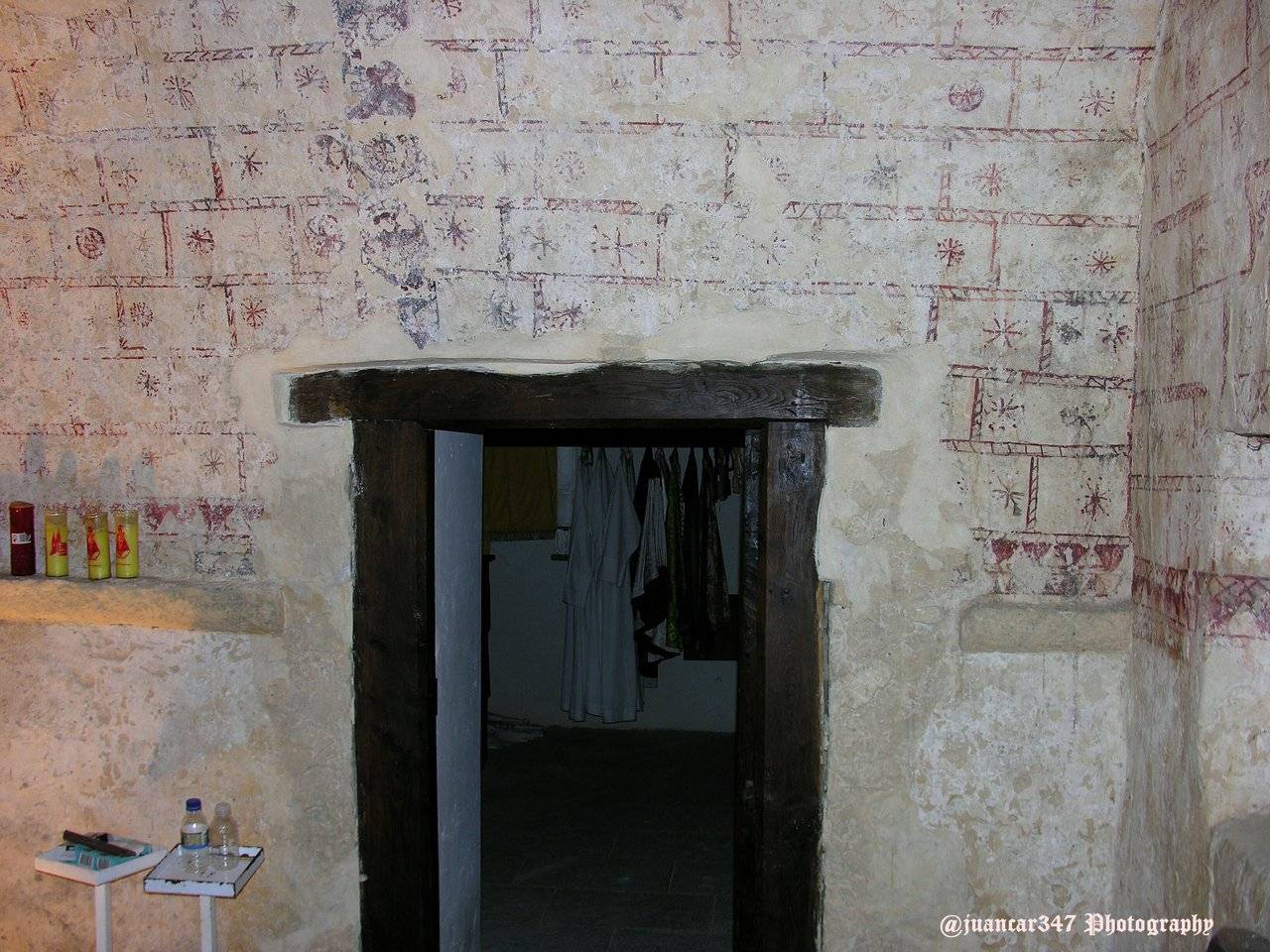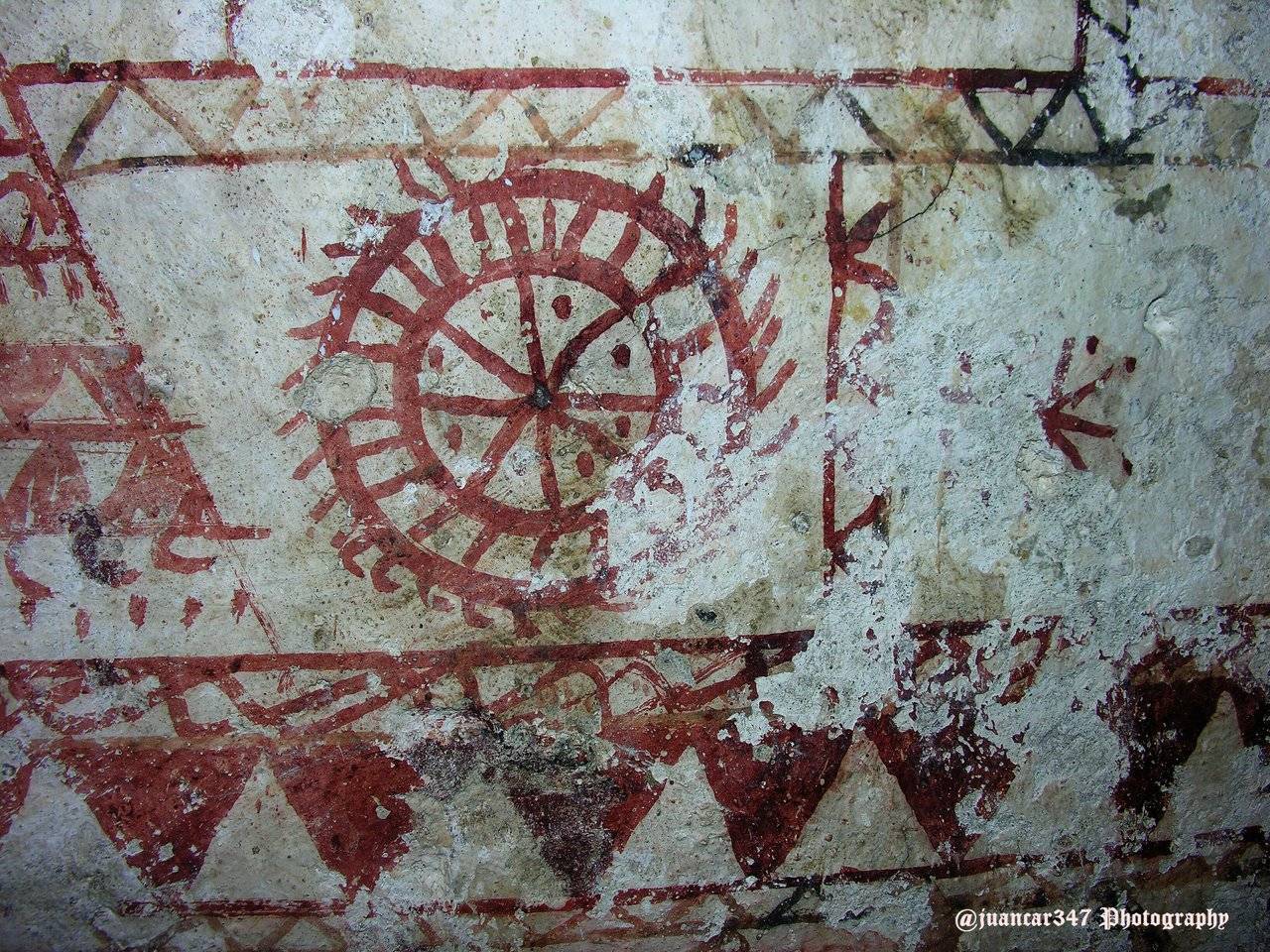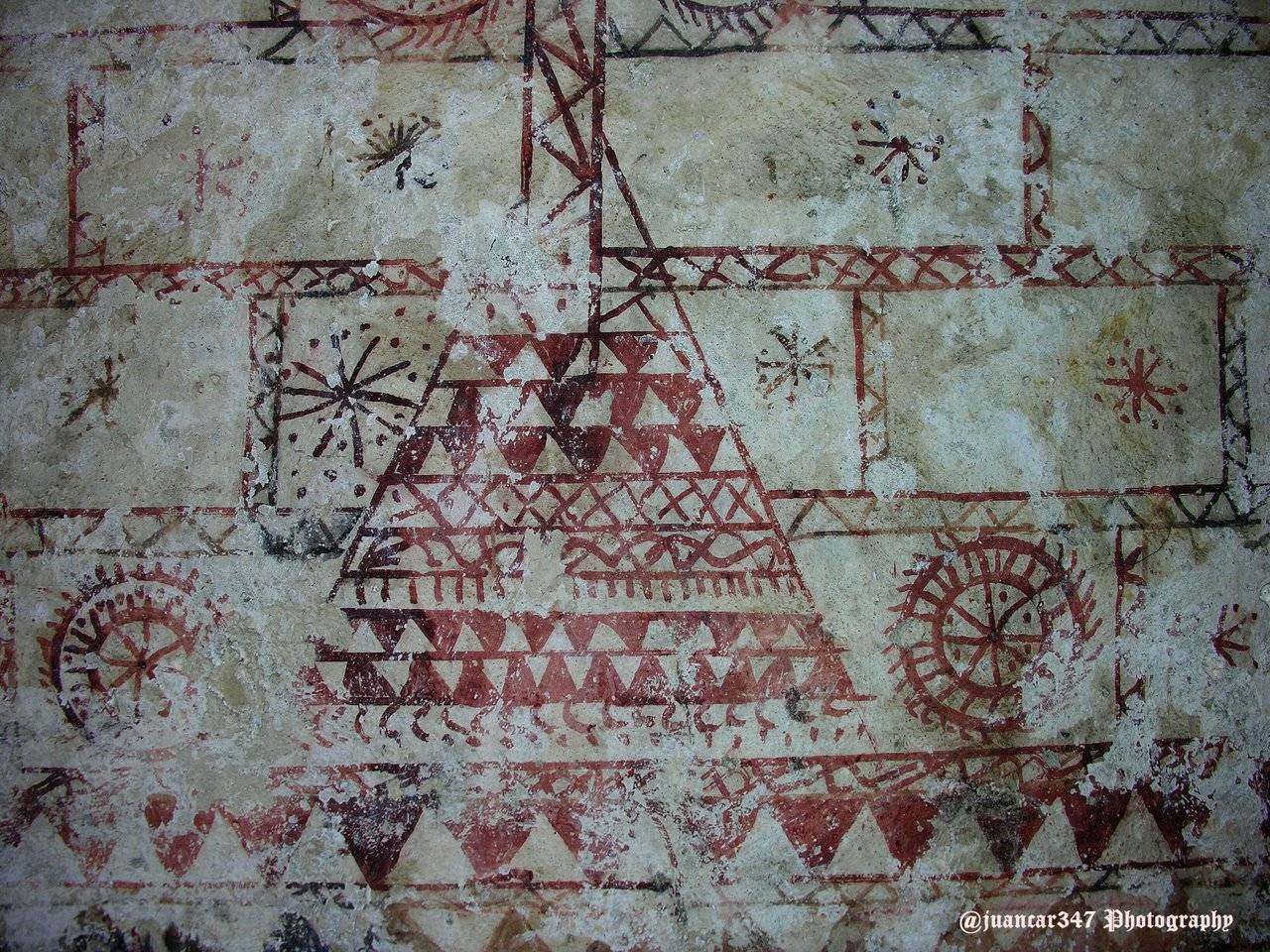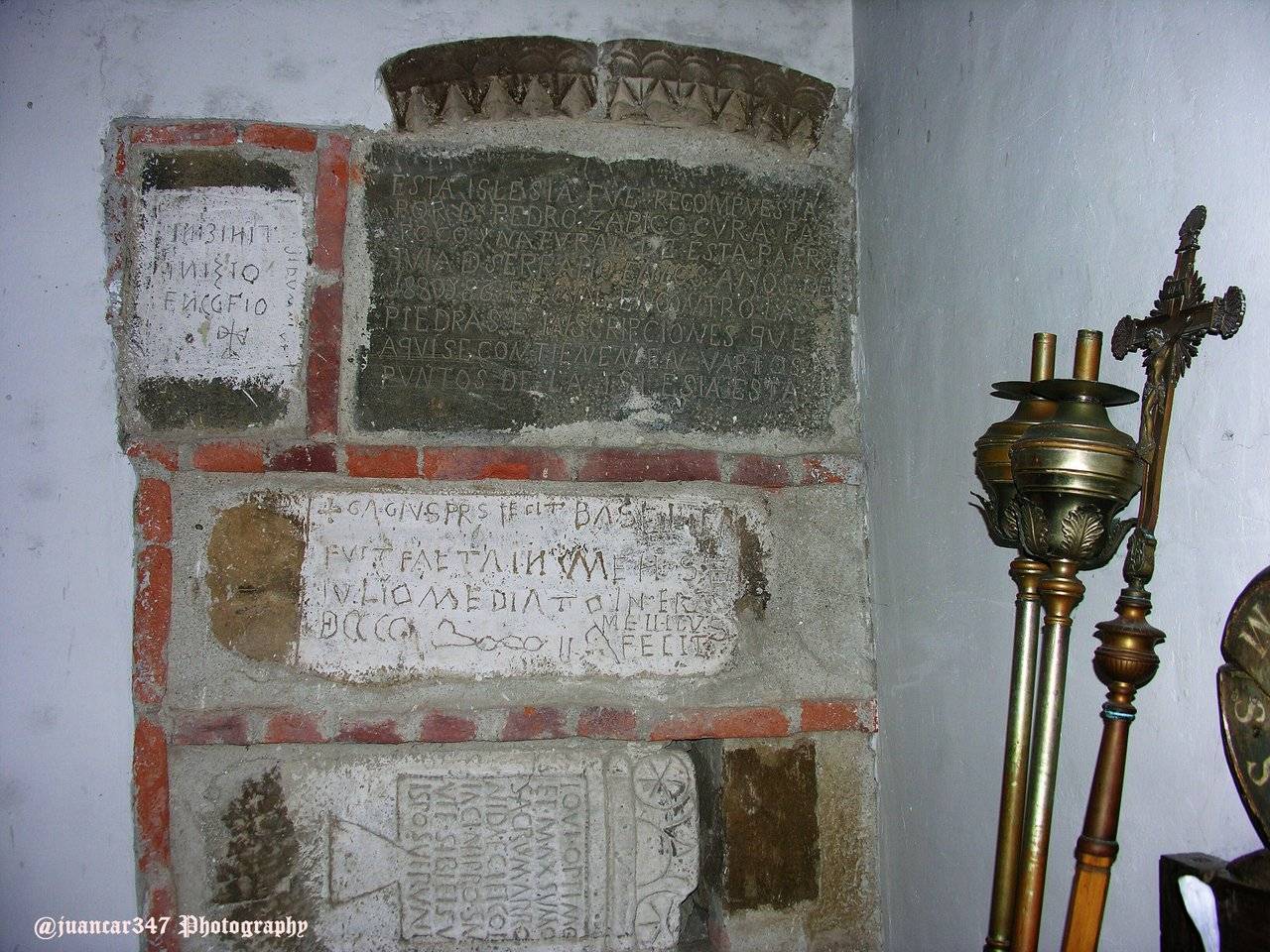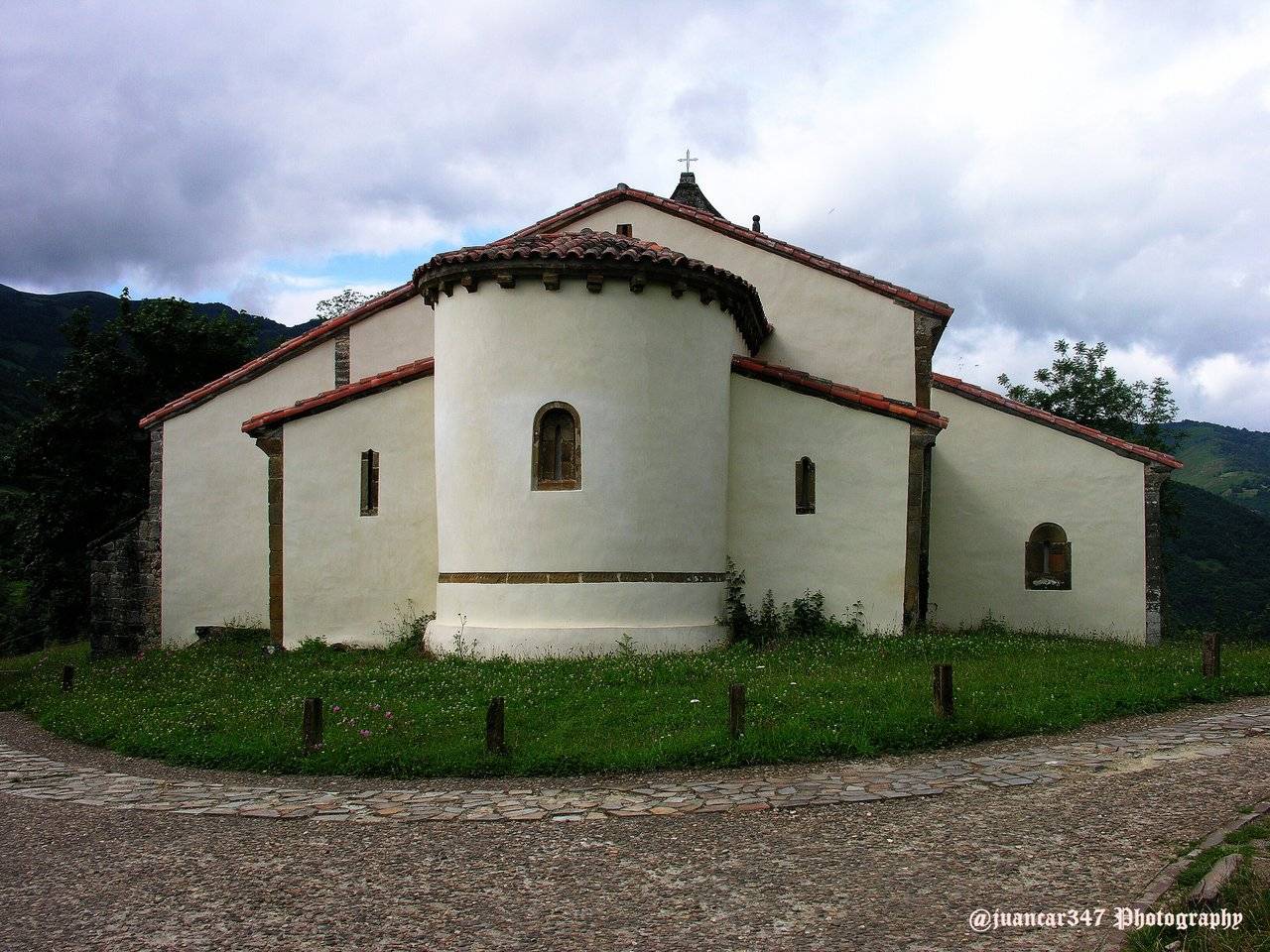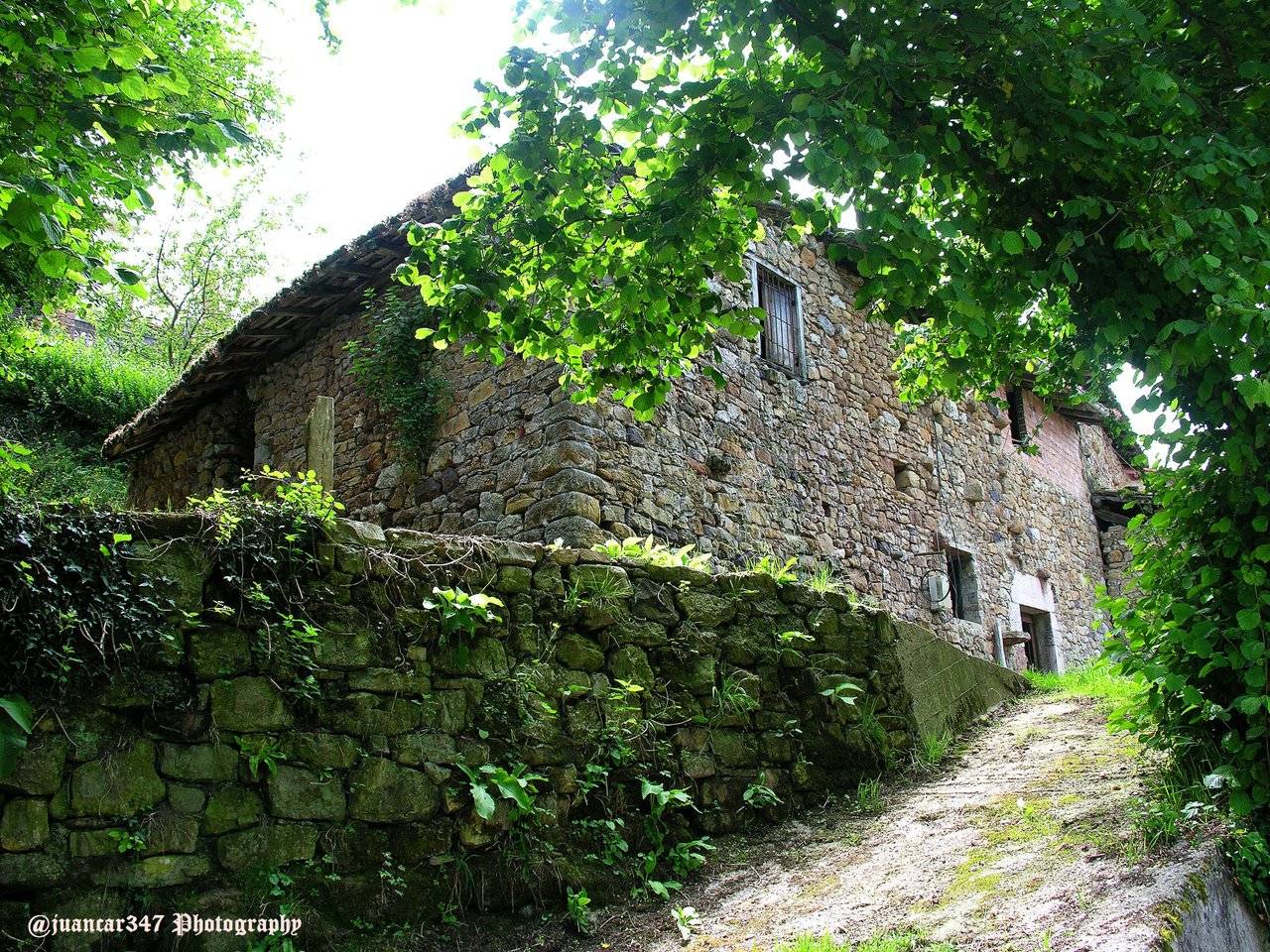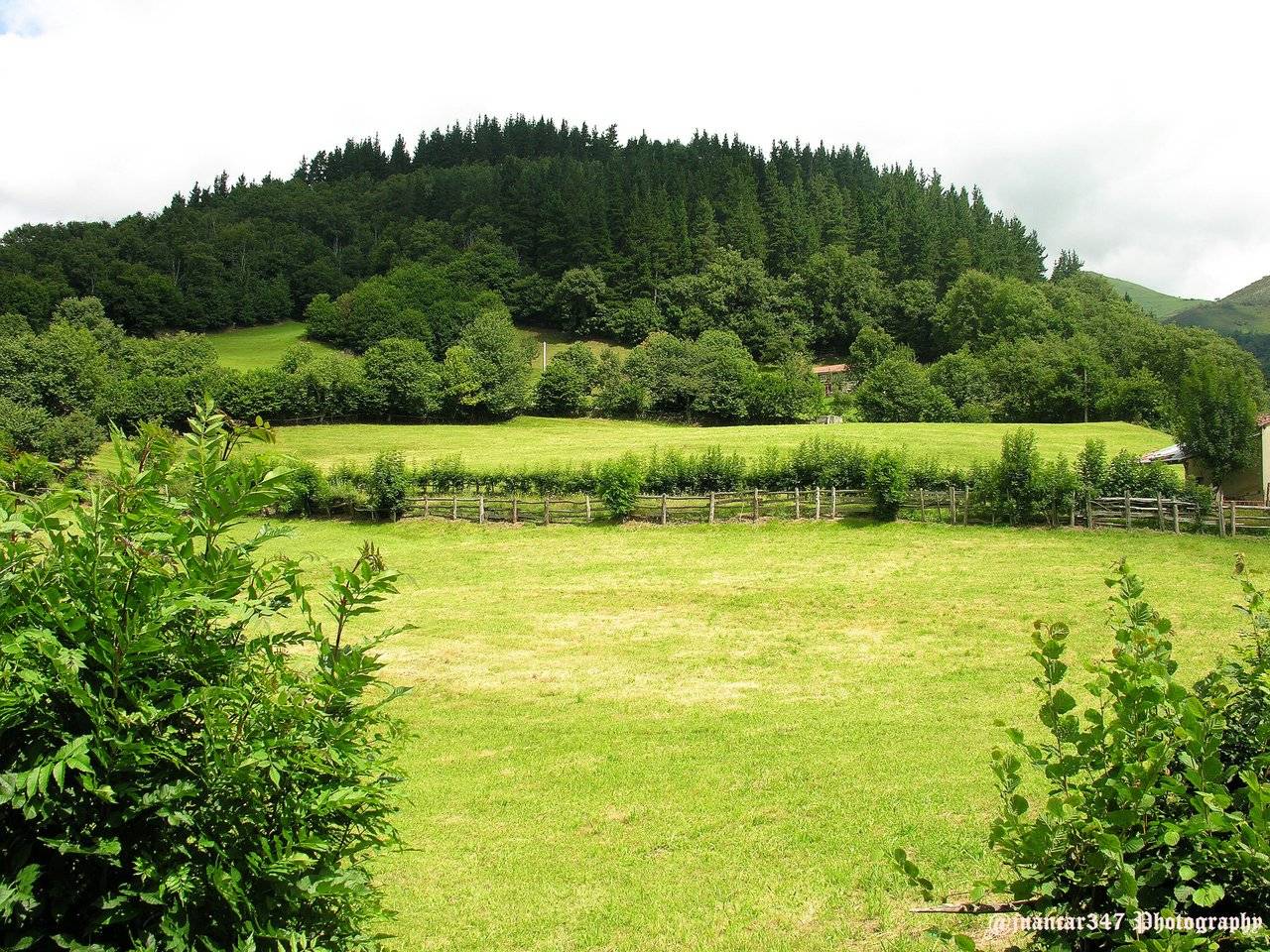'I tasted the honey of the unlimited in the Cup of the Eternal Lotus. I crossed the tunnel of suffering and found the hidden path of happiness. And I saw some rays of light crossing the silent desert of the night ... '.
[Rabindranth Tagore (1)]
The Grail: a universal myth that remains valid throughout the centuries and whose fascination continues to be as widespread, as generalized is the ignorance regarding its origin and, of course, its true constitution. What is the Grail ?.
No one knows exactly, but everyone looks for it with eagerness.
Given that such an exciting myth is located both in the West and in the East, it should not be strange that one of the most generalized beliefs is that which defines it as a recipient; like a drink, to be exact.
The great poet Rabindranath Tagore, alludes in his verses to the Grail of Buddha, essentially comparable to the most accepted Christian version, consisting of the cup -identified also with the cup used by Jesus at the Last Supper- with which later Joseph of Arimathea he collected the blood that flowed from Christ's side after being wounded by the spear of the Roman centurion Longinus.
This detail is important, since, as we will see, the griian version observed in the paintings of the apse of the church of San Vicente de Serrapio, although they contain these elements, differ, curiously, in the details.
And this divergence, in some way unheard of, can accommodate the inclusion in the subject of well-defined comparative elements of pagan origin -including in the Grail stories themselves, even in their Christianized versions-, whose best and perhaps not accidental antecedents , we can find them in the rich mythology of Celtic origin.
Now, if we had to accept the veracity of this version, we would observe that Spain is a fortunate land, as far as grappa-cups are concerned. Under this perspective, all take for granted the Holy Chalice, which, according to tradition, having been saved by San Lorenzo in the fourth century, when the barbarians of Alaric sacked Rome, remained for centuries in the Huesca monastery of San Juan de la Peña, being finally deposited, after spending some time in other places -such as the Zaragoza palace of the Aljafería- in the cathedral of Valencia, where it is currently kept.
Another Grail with a reputation for original - curiously, next to another no less famous Shroud - is kept in the cathedral of Oviedo, along with the Holy Relics brought from Jerusalem by Santo Toribio de Liébana, and that for some time were hidden in the Monsacro .
And we should still speak, at least, of a third Chalice, which was given to the Genoese sailors as a reward for their help in the conquest of the city of Almeria. That, leaving aside the numerous baptismal fonts of Romanesque origin, in the form of a cup, which are located in numerous temples and whose balance and enumeration would be an arduous and rather complicated task.
In its form of Chalice, and not as stonemasonry marks but as pilgrim graffiti, we will find some griallic references in the apses and ashlars of some Romanesque churches, such as Perorrubio or Duratón, both located in the province of Segovia, at a short distance from each other.
I comment this, in a way as an anecdote, and always keeping in mind that in the church of San Vicente de Serrapio -as I already ventured in the previous entry- there are many keys that, unfortunately, have been irretrievably lost.
Among them, most of the stonemasonry marks and possibly also the circumstantial pilgrim graffiti -interesting, when not revealing in some cases, because sometimes, in these marks is also found intentionality to hide or destroy even meanings, being one of the most common actions, the alteration of the mysterious pata de oca-, because we do not forget that Aller's council passed one of the most important Roman roads that was undoubtedly used by many pilgrims on their adventurous road to Compostela .
As Don José Antonio González Blanco, who was the parish priest of San Vicente - currently retired - and author of a small literary jewel referred to that parish (2), different restorations made disappear some of the four access doors, they were unified the three naves, hid Romanesque paintings in the main chapel and destroyed the fenced, walled and outer palisade, among other things.
It should be noted that among the lost, and apart from the original marks of stonework that could have offered some clue as to the origin and origin of the temple builders, we must consider the irreparable loss of the pictorial motifs that made reference to the Last Supper and which, it seems, were also located on one side of the main chapel.
Taking into account the curious details related to the Holy Grail are seen in the Calvary that occupies the right central side of the chapel, on which we will focus next, I can not help but wonder what keys would not hide these, probably complementary to the others and for what reason they let themselves lose.
On the other hand, it is unknown who, when and why in such an unprofessional and careless manner, repainted the original, Romanesque paintings, although respecting, in a certain way, the theme of them. It is known, however, that these were discovered by the parish priest in the first third of the twentieth century. Then, in conclusion, it can be affirmed that such repaints were made in modern times.
Obviating the details that would suppose the presence in the place of those Templeisen of Wolfram von Eschenbach or custodians of Santo Cáliz, that assumes that they were the knights templarios (3), the scenes contained in this particular vision of the Calvary, vary the protagonism of certain relevant characters.
For example, the two chthonic angels, who are usually represented in the work of helping and descending the cross, are located here in the window of the apse, on both sides of the cross pate painted red. Cross pate that, in addition, is signaled by both angels, although fingers are better appreciated in the angel located on the left as you look. A third angel then performs the primordial work that the Tradition grants to Joseph of Arimathea; that is, to collect the blood of Jesus in the Chalice.
Perhaps for this reason, the artist considered unnecessary the presence in the scene of the Arimatea, and obviated, too, the centurion Longinos. However, the side of Christ shows, paradoxically, signs of violence, although the precious sacred liquid - sacrificial liquid - spills into the cup held by this third angel, through the wound produced by the nail in the palm of his hand right.
Curiously, the hand of the angel holding the cup or grail also holds a white dove. What key is hidden in this detail ?. For although the dove has been associated in Christianity with the Holy Spirit, it might be interesting to remember - apart from its Cathar connotations - that it also constituted, in Ancient Egypt, a bird associated with Isis; and let's not forget the underlying etymology in Serrapio and the relationship Serapis / Osiris, another god that dies and resuscitates; and let us also bear in mind that just below the angel, the cup and the dove, there is the figure of the Virgin Mary, not infrequently associated with the Great Mother Goddess. And another detail of interrelation: the other hand of the angel, is perched on the crown of it.
Another of the curious details that deserve to be verified, independently or not that may be due to chance, is located in the number of drops that fall into the cup held by the angel: three. This reminds me of the Celtic myth of the cauldron of Keridwen and the mixture made from certain plants, which he called, significantly, with the name of Greal, three of whose drops were more than enough to become aware of the true state of being and achieve the highest knowledge. A higher dose meant death.
As death and dissolution meant, for the custodians of the Grail, that is, for the Templars, the insatiable and heterodox search for Knowledge. But this, of course, is only part of the authentic symbolic iceberg that constitutes this temple of San Vicente de Serrapio, of which it can not be ruled out that one day and in some way, it was another possible Monsalvat in Asturian land.
Notes, References and Bibliography:
(1) True to my custom of citing sources as much as possible, I wish to specify that this quote, I have taken it from the article by Carmelo H. Ríos, entitled 'The Holy Grail', appeared in issue number 25 of the magazine Beyond, corresponding to the month of March of 1991.
(2) José Antonio González Blanco: 'Follow-up on the restoration of the Church of San Vicente de Serrapio', Gráficas Lux, year 2003.
(3) For example, the rhombic design with the colors white, black and red (clearly alchemical colors), as well as the cross pate, clearly visible above the window and painted in red, so that there is no doubt. Similar, in part, to the details that can be seen in other places where the presence of the Temple is no doubt, as would be the case of the small village of Castillejo de Robledo Soriano and the apse of his church of the Assumption.
NOTICE: Originally published in my blog LA ESPAÑA DE LOS TEMPLARIOS. Both the text and the accompanying photographs are my exclusive intellectual property. The original entry, where you can check the authorship of juancar347, can be found at the following address: https://juancar347-romanica. blogspot. com/2012/01/el-mito-del-grial-en-san-vicente-de. html
Te invito a conocer el mundo del que estoy enamorado.
Image © juancar347. All Rights Reserved.
Original content by @juancar347
Discord
juancar347#4046
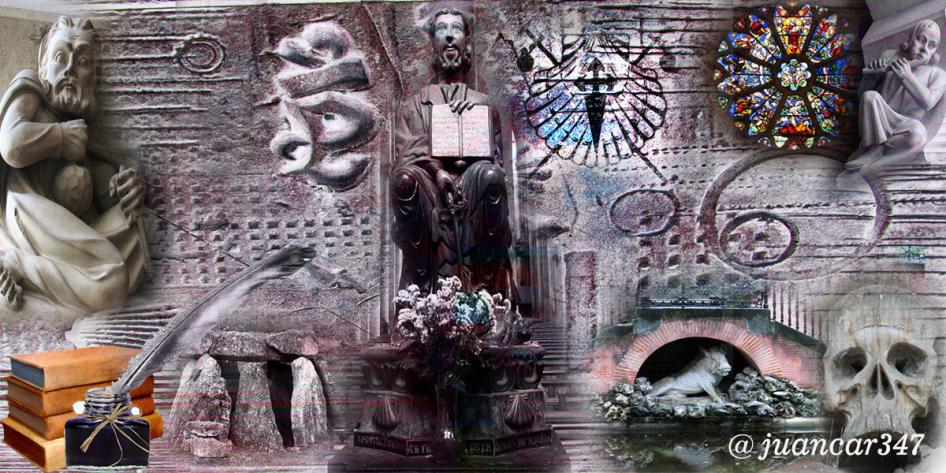
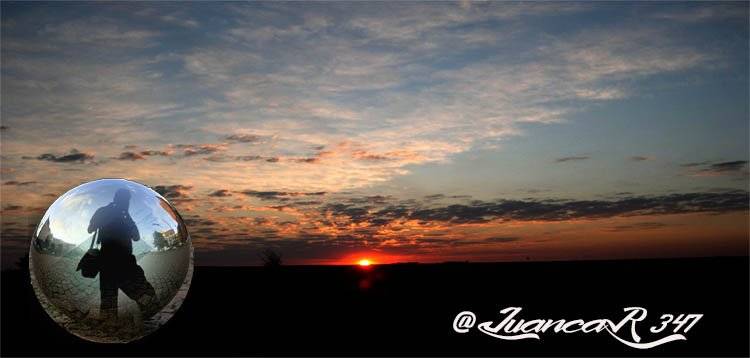
[Martial, latin poet]
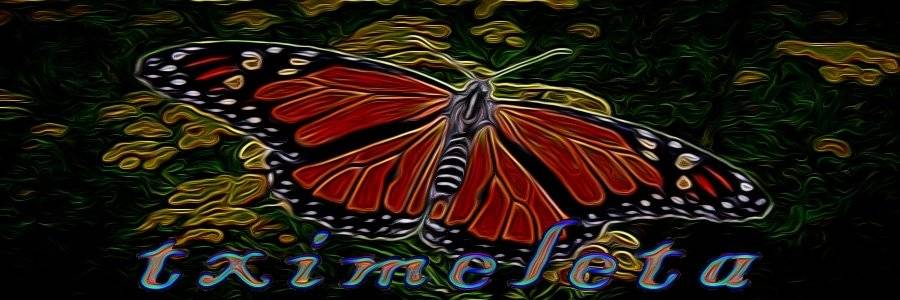
Toca la imagen y participa.
Diviértete y disfruta.
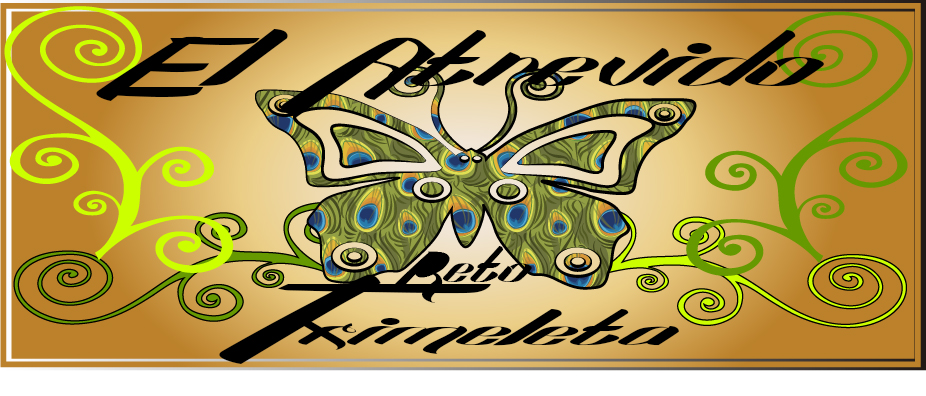
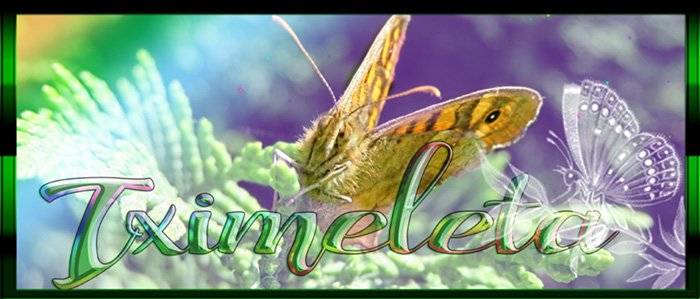
Travel Resources for your trip to Spain
Recommended by TravelFeed
Flights: We recommend checking Kiwi.com to find the best and cheapest flights to Spain.
Accomodation: Explore the best places to stay in Spain on Booking.com, Agoda and Hostelworld.
Travel Insurance: Medical emergencies abroad can be pricey, but travel health insurance is not. We always use SafetyWing for affordable and reliable coverage.
Car Rental: For hassle-free car hiring, DiscoverCars is our trusted choice with a wide selection of vehicles.
Internet: Got an eSIM compatible phone? Airalo is perfect for reliable internet access during your trip. Just install it before you go, and you're set!
Day Trips & Tours: We recommend GetYourGuide for a variety of well-organized and enjoyable activities.
Travel Planner: Need a hand planning? Our free travel planner chatbot is your personal guide to Spain. Chat now.
Disclosure: Posts on TravelFeed may contain affiliate links. See affiliate disclosure.
